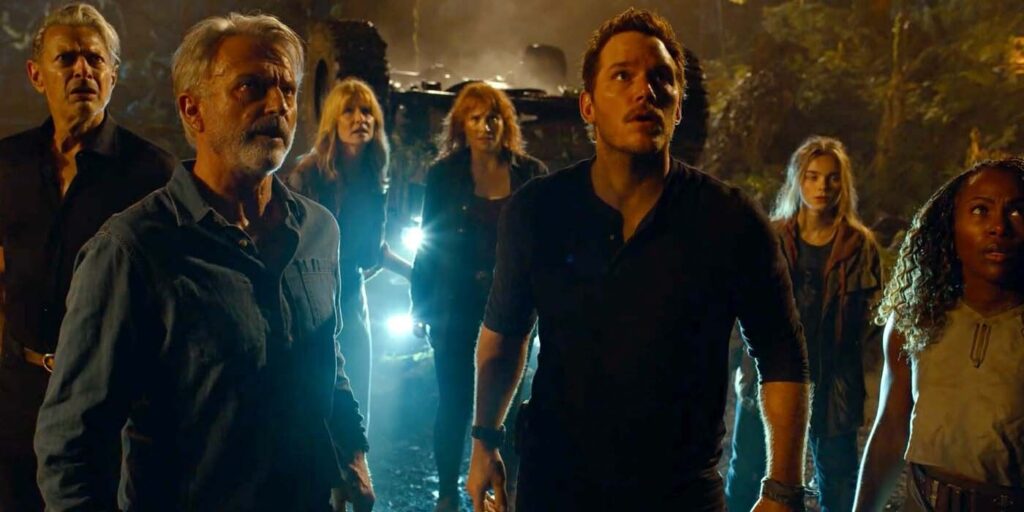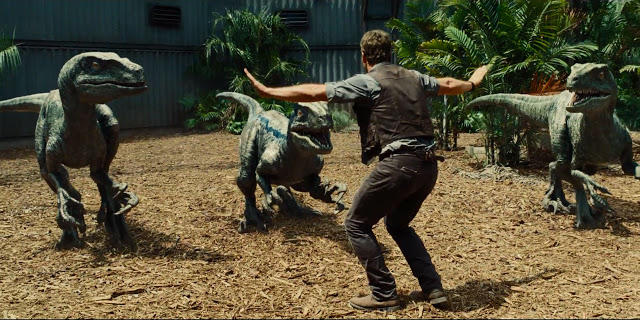Jurassic World Dominion: Hash of the Titans

You remember Ellie Sattler, right? She was one of the visitors to the original Jurassic Park, the one whose open-mouthed awe gave way to gasps of horror when she discovered that Samuel L. Jackson’s reassuring hand was attached to nothing more than a bloody stump. Everyone’s favorite paleobotanist, Sattler is back in Jurassic World Dominion, at one point hunching down to peek at a cuddly-looking computer-generated baby critter and murmuring, in a reverent tone, “You never get used to it.”
Don’t you, though? The failed bet of this heaving, sporadically entertaining movie, which was directed by Colin Trevorrow from a script he wrote with Emily Carmichael, is that our collective fascination with prehistoric beasts hasn’t dimmed in the 29 years since Steven Spielberg terrified audiences with a few well-placed shots of CGI and a rippling puddle of water. Technology has progressed dramatically in the intervening three decades, and Dominion renders its terrible lizards with impressive and expensive-looking detail, if not much tangible weight. What is missing, beyond the inimitable gifts of Spielberg himself, is the sense of wonder. This is now the sixth Jurassic feature, not to mention the umpteenth strain in the commercially hegemonic species that is the box-office-conquering blockbuster, the kind whose cinematic DNA is spliced with elaborate effects and cardboard characters. We have, indeed, gotten used to it. Read More

